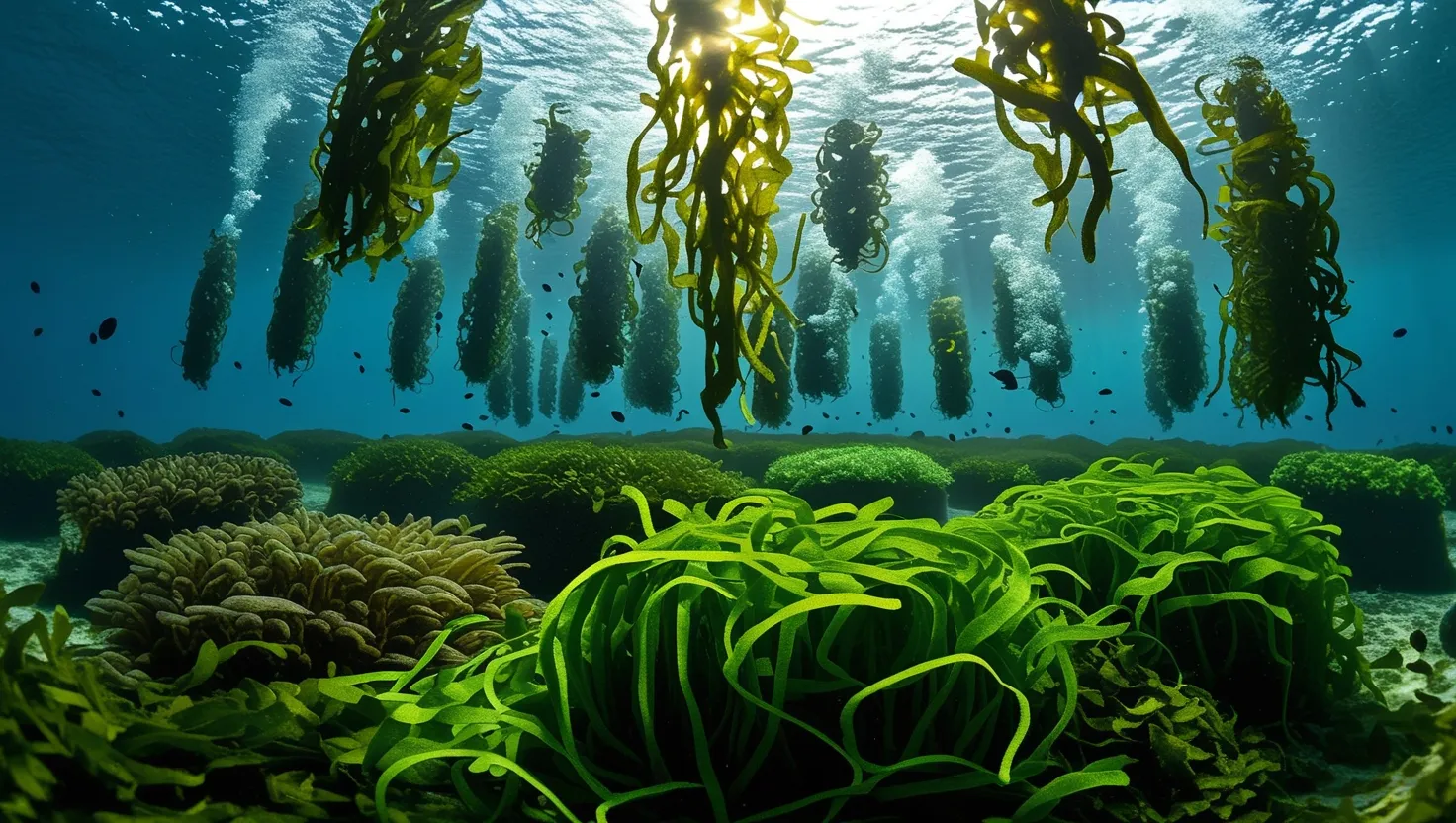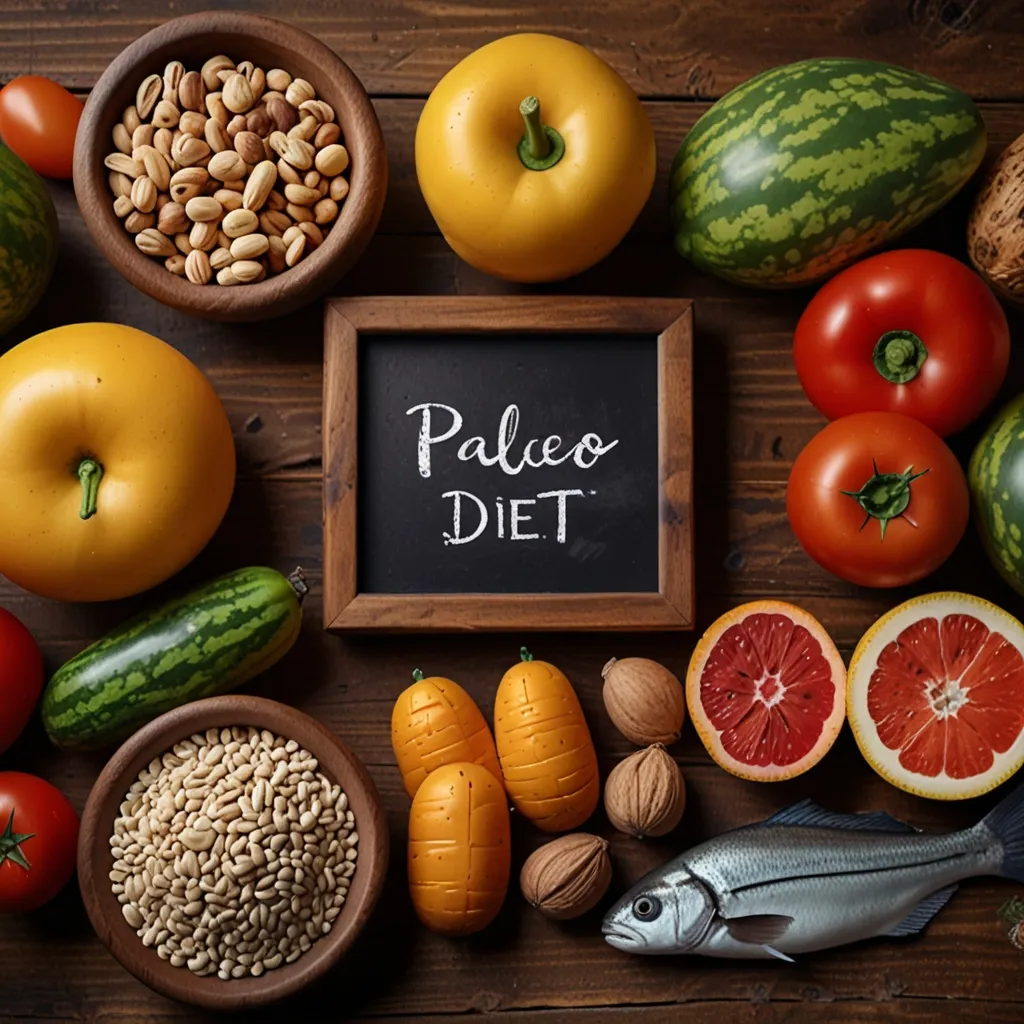In the vast expanse of our oceans, a quiet revolution is underway, one that holds significant promise for addressing some of the world’s most pressing issues, including climate change, sustainable food production, and the economic well-being of coastal communities. This revolution is rooted in the practice of regenerative ocean farming, particularly the cultivation of seaweed and shellfish.
The Power of Seaweed
Seaweed, often overlooked as a mere seaweed salad ingredient, is emerging as a superhero of the sea. It has the ability to absorb carbon emissions at a rate that far surpasses that of trees. While forests are traditionally seen as the best natural defense against climate change, seaweed outperforms them in several key ways. It does not require freshwater or fertilizers, and it grows at an astonishing rate of up to two feet a day. This rapid growth means that seaweed can be harvested multiple times a year, making it a highly efficient carbon sink.
Moreover, seaweed does not compete with land-based food production, a critical advantage in a world where food security is increasingly under threat. Imagine a scenario where we could feed the entire global population without harming the environment; seaweed farming makes this vision more plausible. For instance, if we were to cultivate seaweed farms covering an area roughly the size of Washington State, we could produce enough protein to feed the entire world population by 2050.
Regenerative Ocean Farming: A Holistic Approach
Regenerative ocean farming is not just about growing seaweed; it’s a holistic approach that integrates multiple species to mimic the natural ecosystem of an ocean reef. This polyculture method, championed by organizations like GreenWave, involves growing a mix of seaweeds and shellfish together. Shellfish, such as oysters, clams, and mussels, are filter feeders that improve water quality by removing pollutants and excess nutrients from the water. This approach not only enhances biodiversity but also provides a habitat for a diverse array of marine species.
The vertical farming system used in regenerative ocean farming is particularly innovative. Farms are set up with a 3D lattice of ropes and baskets suspended just below the surface, allowing different species to grow at various depths. This method maximizes space while minimizing the footprint, making it highly sustainable. For example, a 20-acre farm can sequester 9,000 kg of carbon dioxide and 300 kg of nitrogen in just one year, while also producing 30 tonnes of seaweed and 250,000 shellfish every five months.
Economic and Social Impact
The economic potential of regenerative ocean farming is substantial. According to the World Bank, farming seaweed in just 0.1% of the world’s oceans could create 50 million direct jobs and a further 100 million associated jobs. This is particularly significant for coastal communities that have seen their traditional fishing stocks depleted. By providing training, tools, and support, organizations like GreenWave are helping fishermen transition into ocean farmers, thereby creating a new blue economy.
The Kelp Climate Fund, for instance, provides direct payments to farmers for the climate-positive role of their ocean farms. This fund not only incentivizes farmers to adopt regenerative practices but also gathers crucial data on the impact of these farms. Additionally, initiatives like Seaweed Source, a free app for seaweed farmers, hatcheries, and buyers, help open up new sales channels and facilitate forward contracts, further stabilizing the income of these farmers.
Climate Change Mitigation and Adaptation
Regenerative ocean farming is a powerful tool in the fight against climate change. Seaweed can absorb carbon dioxide from the atmosphere, reduce methane production in livestock by up to 99% when used as cattle feed, and even help in the production of biofuels and bioplastics. The fast growth rate of seaweed means it can be used to create renewable products without the long wait times associated with land-based crops.
Moreover, these farms can act as natural buffers against storm surges and coastal erosion, protecting coastal communities from the increasing impacts of climate change. Large floating masses of seaweed can absorb the energy of storm surges, reducing the risk to coastal infrastructure and communities.
Challenges and Future Directions
While the potential of regenerative ocean farming is vast, there are challenges to overcome. Securing permits can be a bureaucratic nightmare, involving multiple state agencies and overcoming local resistance. Identifying the right locations for farms requires careful consideration of physical parameters, and partnerships with organizations like the National Ocean and Atmospheric Administration are crucial for deploying sensor technology to model and predict optimal sites.
The infrastructure for large-scale processing of seaweed and kelp is still in its infancy, but initiatives like the National Seaweed Hub are working to support the nascent industry. To increase demand, buyer networks are being established, and partnerships with processors have led to significant increases in sales.
A New Era for Ocean Farming
As we look to the future, it’s clear that regenerative ocean farming is not just a niche practice but a vital component of our global strategy to combat climate change and ensure sustainable food production. The ocean, which covers over 70% of our planet, is a vast untapped resource that can provide both economic opportunities and environmental benefits.
For Bren Smith, the founder of GreenWave, the ocean is not just a resource but a solution. “The climate economy is wind at our back,” he says. “We can either run and hide and build sea walls, or we can turn around and embrace the sea as a climate change solution.” This mindset is driving a new generation of ocean farmers who are not just cultivating seaweed and shellfish but are also restoring marine ecosystems and building resilient coastal communities.
In this new era of ocean farming, we are not just farming the sea; we are regenerating it. We are creating jobs, sequestering carbon, and producing sustainable food. As we move forward, it’s imperative that we continue to innovate, to scale up these practices, and to support the communities that are at the forefront of this revolution. The future of our planet may well depend on it.






